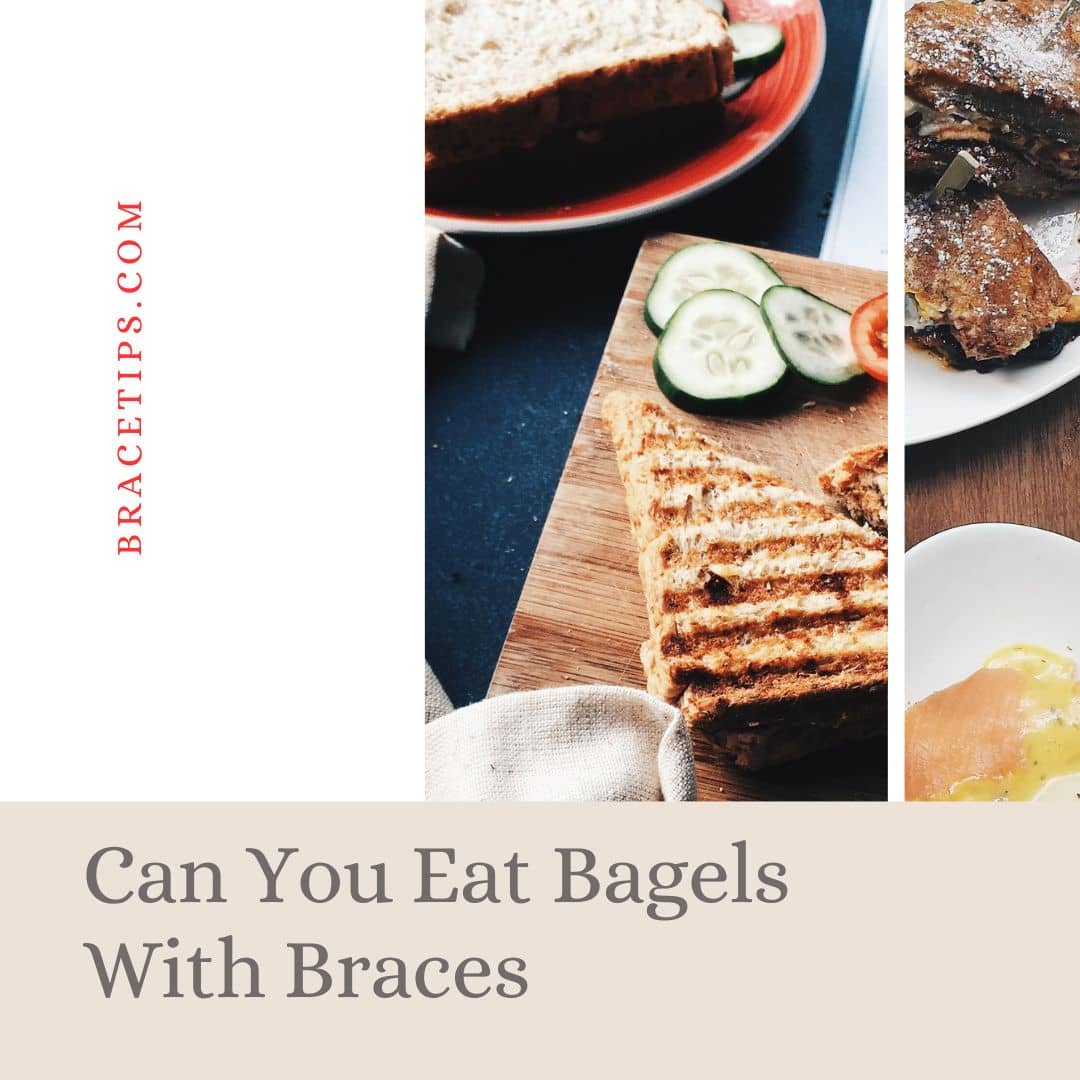Can You Eat Bagels With Braces
Braces come with a set of dietary considerations, and bagels, being a popular food, often raise questions among individuals undergoing orthodontic treatment. Can you indulge in the chewy delight of a bagel without risking damage to your braces? This guide aims to answer that and more, exploring the realm of braces-friendly foods, addressing concerns about sticky and hard foods, and specifically focusing on bagels in the context of orthodontic care.
Understanding Braces and Dietary Restrictions
The MECE Principle: Categorizing Foods
When it comes to eating with braces, it’s crucial to understand the MECE (Mutually Exclusive, Collectively Exhaustive) principle in categorizing foods. This principle helps distinguish what’s safe and what’s best avoided.
Soft Foods
- Foods that are easy to chew and won’t stress braces.
- Examples: Mashed potatoes, yogurt, steamed vegetables.
Semi-Soft Foods
- Foods that require a bit more chewing but are still gentle on braces.
- Examples: Cooked pasta, soft fruits like bananas or berries.
Hard Foods
- Foods that are tough or crunchy and can potentially damage braces.
- Examples: Nuts, popcorn, hard candies.
Sticky Foods
- Foods that tend to stick to braces and are difficult to clean.
- Examples: Caramel, gum, chewy candies.
Can You Eat Bagels with Braces?
Addressing Concerns about Bagels
Bagel Texture: Chewiness and Toughness
Bagels possess a chewy texture owing to their doughy composition, but their toughness varies based on how they’re prepared. This texture raises concerns among individuals with braces, as excessive chewing force can potentially damage the orthodontic appliance.
Risk Assessment
Considering the chewiness of bagels, they can pose a moderate risk to braces. The dense, chewy nature of bagels might exert pressure on the brackets and wires, leading to loosening or even breakage.
Recommendations
While it’s not a strict prohibition, precautions should be taken if indulging in bagels. Opt for softer, freshly baked bagels over harder or stale ones. Cutting them into smaller, manageable pieces can also reduce the stress on braces.
Dietary Guidelines for Braces Wearers
Foods to Enjoy with Braces
Soft Bread Alternatives
- Sandwich bread, tortillas, or wraps can serve as softer alternatives to bagels.
- These options offer a similar taste without the excessive toughness.
Bagel Substitutes
- Consider mini-bagels or thinner varieties that are easier to chew.
- Toasting bagels lightly can slightly soften them, reducing the strain on braces.
Foods to Avoid or Consume with Caution
Extremely Chewy Bagels
- Avoid particularly dense or overly chewy bagels that can strain braces.
- Opt for fresh, softer varieties if craving a bagel.
Toppings and Fillings
- Be cautious with toppings like nuts or seeds that can add crunchiness.
- Sticky spreads or fillings should be limited to prevent residue on braces.
FAQs: Addressing Common Concerns
Q:Can I Eat Sticky Foods with Braces?
A:Sticky foods pose a high risk as they can easily adhere to braces, making them difficult to clean thoroughly. Avoid sticky items like toffees, caramels, or chewy candies that might damage braces or cause cavities.
Q:Can I Eat Hard Foods with Braces?
A:Hard foods, including crunchy snacks or nuts, can potentially break braces or dislodge brackets. It’s advisable to steer clear of these foods to prevent damage to the orthodontic appliance.
Q:What Other Foods Can I Eat with Braces?
A:Aside from the specifics of bagels, focusing on a braces-friendly diet is crucial. Emphasize softer, easily chewable foods that don’t place undue stress on braces. This includes cooked vegetables, tender meats, and softer fruits.
Conclusion
While bagels can be enjoyed with braces, caution and moderation are key. Understanding the texture, choosing softer varieties, and being mindful of toppings can help minimize risks associated with consuming bagels during orthodontic treatment. Prioritizing a braces-friendly diet ensures the successful alignment of teeth without compromising the integrity of the orthodontic appliance.

